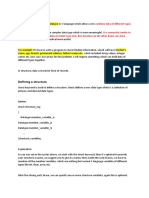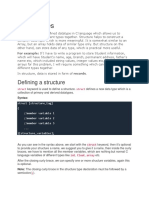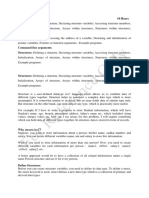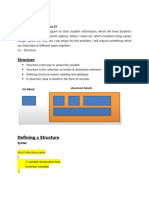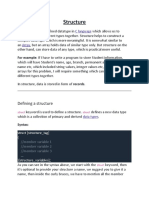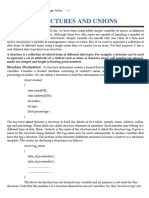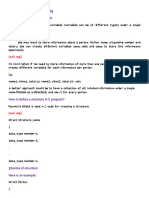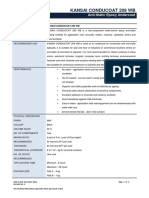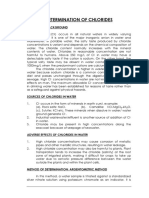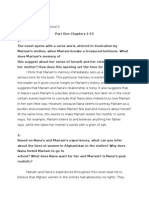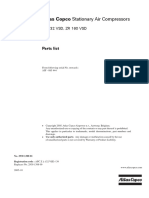0% found this document useful (0 votes)
13 views36 pagesUnit-8 Structure and Union
The document provides an overview of structures and unions in C programming, explaining how structures can be used to group different data types under a single name. It covers defining structures, declaring structure variables, initializing them, accessing members, and using nested structures and arrays of structures. Additionally, it discusses how to pass structures to functions by value and by reference, along with examples for clarity.
Uploaded by
bibishikapokhrel546Copyright
© © All Rights Reserved
We take content rights seriously. If you suspect this is your content, claim it here.
Available Formats
Download as PDF, TXT or read online on Scribd
0% found this document useful (0 votes)
13 views36 pagesUnit-8 Structure and Union
The document provides an overview of structures and unions in C programming, explaining how structures can be used to group different data types under a single name. It covers defining structures, declaring structure variables, initializing them, accessing members, and using nested structures and arrays of structures. Additionally, it discusses how to pass structures to functions by value and by reference, along with examples for clarity.
Uploaded by
bibishikapokhrel546Copyright
© © All Rights Reserved
We take content rights seriously. If you suspect this is your content, claim it here.
Available Formats
Download as PDF, TXT or read online on Scribd
/ 36







